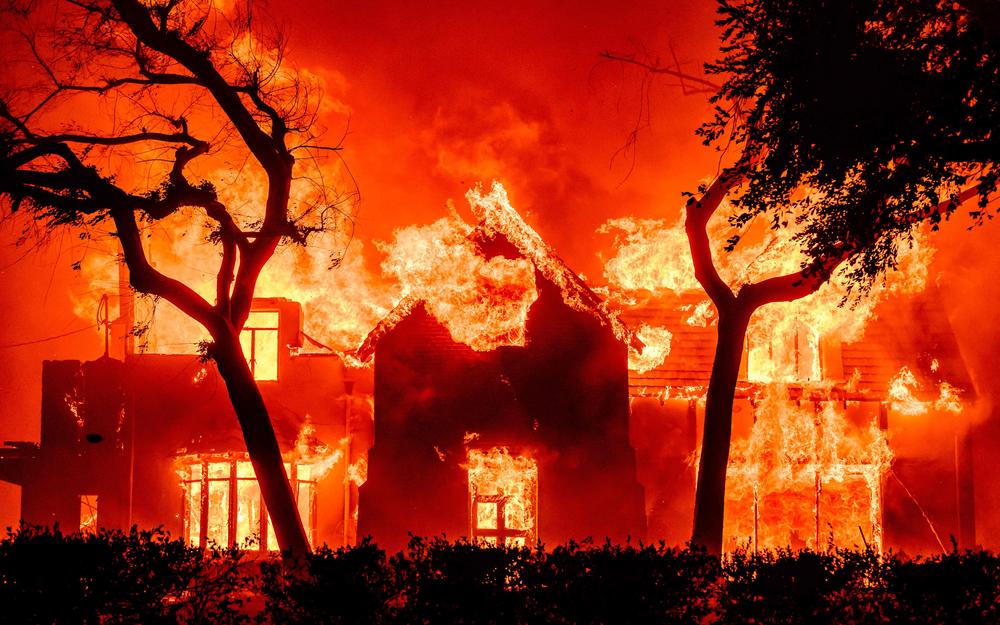Coordinating with farmers the natural soil, the largest CO2 deposit and the treasure of biodiversity
- On the eve of the COP26 Congress, Via Campesina, who wants to be the speaker of peasants across the globe, has tried to prevent the climate from moving further from Harar (Zimbabwe): “We demand that agro-ecological agriculture, sustainable forestry and better land use contribute to reducing gas emissions, sequestering carbon in the soil and building resilience.”
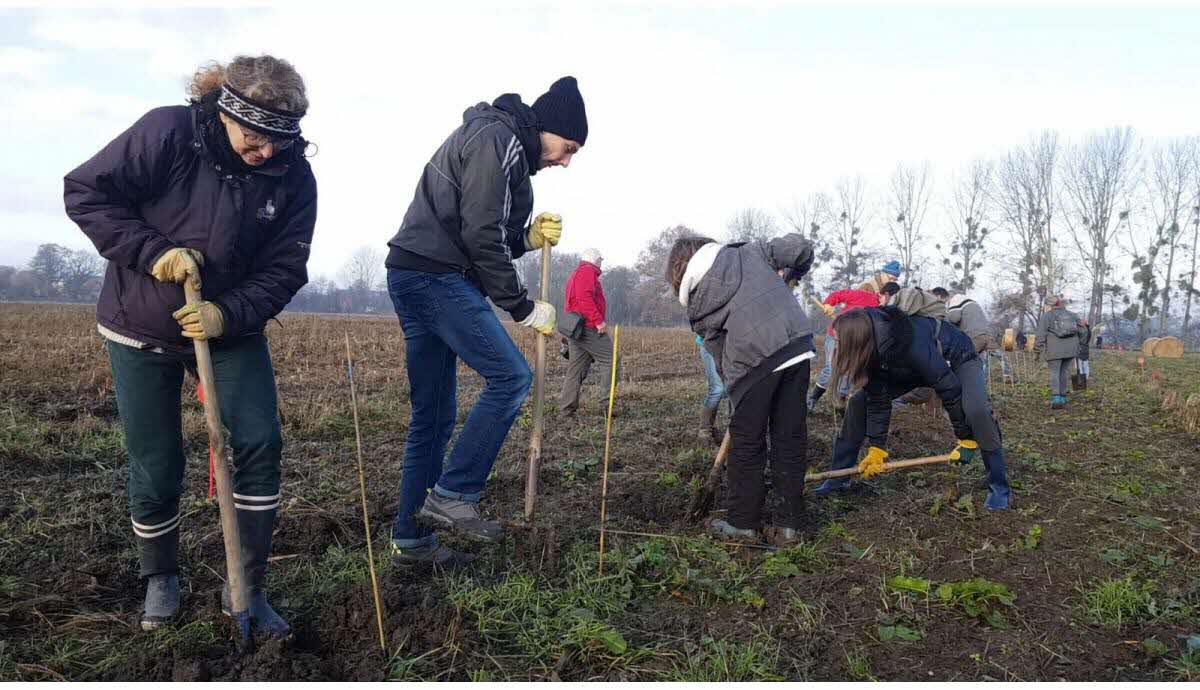
Via Campesina is a proposal by the world authorities to the COP26 congress held in Glasgow on remediation of climate change (not making it clear that the main responsibility for ecological and social destruction is the multinationals and the political authorities at their service).
The core of the claim is that accepting that the reduction of greenhouse gas emissions, mainly CO2 and methane, is the most urgent thing to avoid the most severe damage to climate change, the baserritars demand that the promotion of “better land use” be prioritized. More and more scientists have joined in soil management because, on the one hand, poor land use will aggravate climate dizziness and, on the other, with good management, soil will contribute a great deal to burying excess CO2 in the atmosphere. How have we not put more emphasis on this message in the news and analysis of climate change in the midst of the flood?
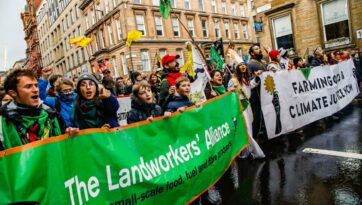
The importance of soil in the biosphere of the planet is explained with mastery in the anthological book published this year by the French biologist and researcher Marc-André Selosse: Her monde is L´origine. A histoire naturelle du sol à l’intention de ceux qui le piétinent (“The origin of the world. The natural history of soil, explained by those who press it”). From the outset, he warns that the rich soil ecosystem has a big problem: not only do we not see it, but we do not know most of the biodiversity of the planet, which we have at our feet.
To begin with, the plants we have before us are barely known in their entirety, since on average one third of the biomass of a plant is made up of underground roots. Those of us who have ever seen a tree torn by the wind, we've thought it's been completely explained to us with its roots, but the thicker, stronger veins were hidden, most of the underground network. If this is the case with plants, our ignorance of living beings who are totally buried, including scientists, is much greater.

As for animals living in the dark, they are the largest, although very few are smaller than the worm, and especially microbes. “XIX. Despite the work carried out by scientists since the twentieth century – says Seloss – we still have 90% of all the microbes that exist, and in particular 99% of those living in the soils! In a hundred years we have known less than 1% of the microbial species.”
The animals and non-vegetable fungi live in secret, the mycelia that we see the ‘flowers’ of some of them, but do not spread them in the subsoil, which form very frequent networks: the weight of all the mycelium buried in a hectare can match… ten cows! The great mass of underground, living and dead beings in the process of recycling are of fundamental importance in the climate balance of the planet.
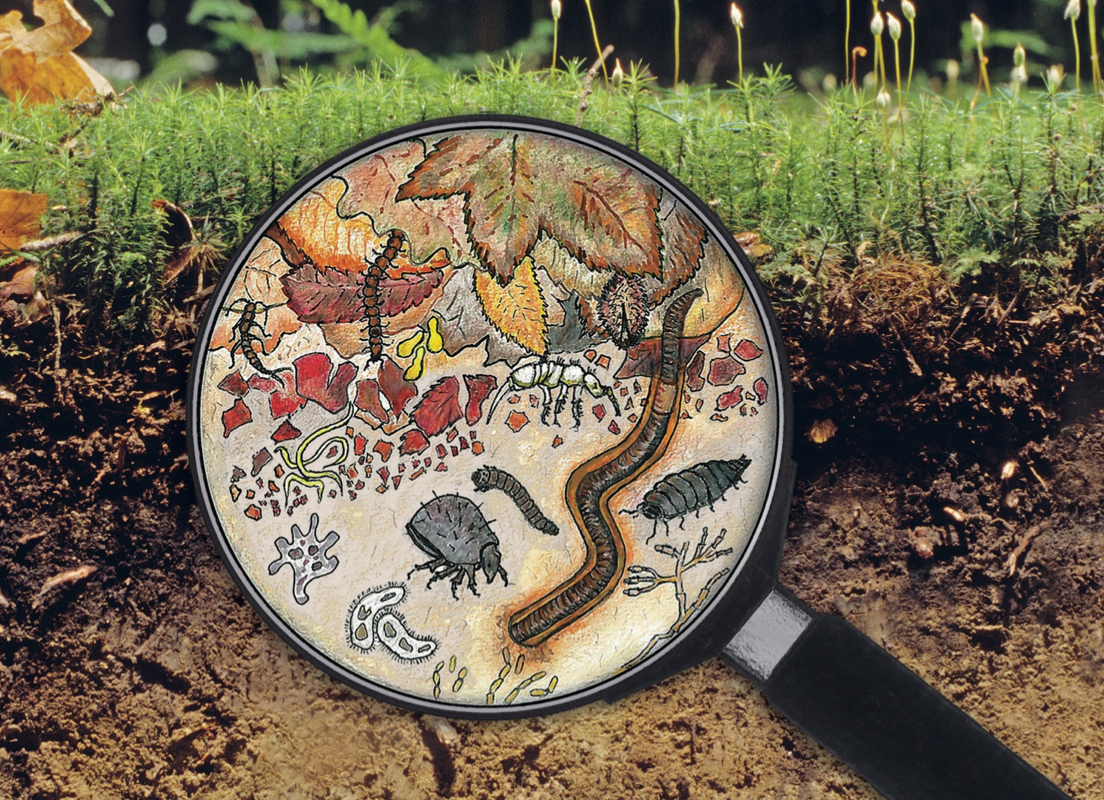
CORRUPT SUBTERRANEAN
The gases that cause global warming, apart from water vapor, are mostly three. On the one hand, carbon dioxide CO2, which, despite being in the atmosphere in small quantities, produces 26% of the greenhouse effect. The other two are methane and nitrous oxide N2O, although at a lower concentration they are responsible for 6% of the heating, very dangerous because of their long survival in the atmosphere.
In 2015, on the eve of the COP21 Congress, the French Minister of Agriculture, Stéphane Le Foll, publicly proclaimed initiative 4 Pour 1000 (4 de Mil), endorsing the proposal of several scientists. It is worthwhile for the public to be fully aware of Plan “4 of La Mil: soils for climate and food security”. The following is summarised:
In the soils, there's twice or three times as much CO2 as our atmosphere has. That is, if in the atmosphere there are 820 Gt of carbon (gigatone, every 1,000 million tons), in the soils we have accumulated between 1,500 and 2,400 Gt at a depth of one meter, of which 800 Gt are in the first 30 centimeters. Every year, human activity adds 4.3 Gt extra emissions to the atmosphere, which increases global warming.
.jpg)
Simple arithmetic assumes that an annual increase in carbon accumulated in those 30 centimeters of the soil by 0.4%, i.e. 3.2 Gt, would largely compensate for the excess CO2 emitted into the atmosphere. Clearly, in addition to the effort to be made in agriculture, emissions from other activities – industry, infrastructure, services – must be reduced.
The addition of these 3.2 Gt of carbon fundamentally requires an increase in the organic component of the soil and Milako 4 proposes a modification of the management and routines established by industrial cultivation in recent decades. On the one hand, avoid the loss of organic matter (not burning more plant debris, reducing or eliminating ploughs, stopping deforestation, etc. ). On the other hand, keep the soil permanently covered to accumulate more organic matter, as well as between the lines of the main crops, expand the techniques of planting without arching, replenish trees, shrubs and hedges at the edges of the cultivation fields and even provide manure and compost to the cultivation fields, implement good water management…
The promoters of Milako 4 claim that “in the world there are 570 million farms and 3 billion farmers who could implement all the measures. A few dozen dollars per hectare would have to be invested to regenerate crops.”
It is not without recognition that millions of small baserritars who do good soil management work not only in the production of food, but also in the preservation of climate and biodiversity. But it will soon be seen whether the authorities decide to help small farmers or are going to go, once again, public money to take care of the soil in the pockets of the annoying climate.
Furthermore, street people will have to ask themselves once again how they continue to artificialise the soil and waste the forests of organic waste generated in the cities: The earth is the hunger of these corrupt treasures!
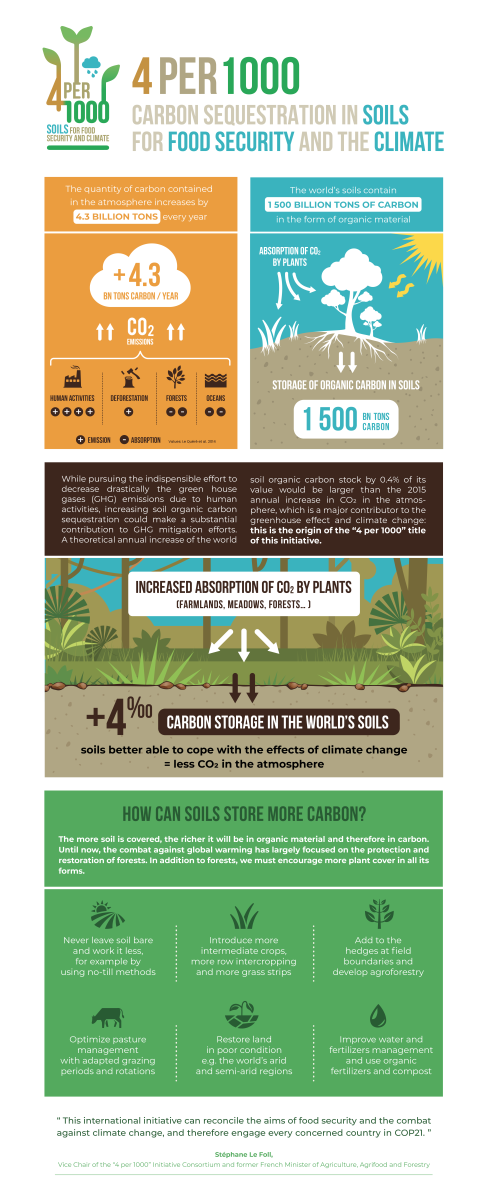
Agintari gutxik aitortzen dute publikoki, disimulurik eta konplexurik gabe, multinazional kutsatzaileen alde daudela. Nahiago izaten dute enpresa horien aurpegi berdea babestu, “planetaren alde” lan egiten ari direla harro azpimarratu, eta kutsadura eta marroiz... [+]
Biologian doktorea, CESIC Zientzia Ikerketen Kontseilu Nagusiko ikerlaria eta Madrilgo Rey Juan Carlos unibertsitateko irakaslea, Fernando Valladares (Mar del Plata, 1965) klima aldaketa eta ingurumen gaietan Espainiako Estatuko ahots kritiko ezagunenetako bat da. Urteak... [+]
Nola azaldu 10-12 urteko ikasleei bioaniztasunaren galerak eta klima aldaketaren ondorioek duten larritasuna, “ez dago ezer egiterik” ideia alboratu eta planetaren alde elkarrekin zer egin dezakegun gogoetatzeko? Fernando Valladares biologoak hainbat gako eman dizkie... [+]
Eskoziako Lur Garaietara otsoak itzularazteak basoak bere onera ekartzen lagunduko lukeela adierazi dute Leeds unibertsitateko ikertzaileek.. Horrek, era berean, klima-larrialdiari aurre egiteko balioko lukeela baieztatu dute, basoek atmosferako karbono-dioxidoa xurgatuko... [+]
There was no one or all. That we all suffer at least if the necessary changes are not made so that no one suffers the climate emergency. You – reader – I – Jenofá-, they – poor – and they – rich. The fires in Los Angeles did not give me satisfaction, but a sense of... [+]











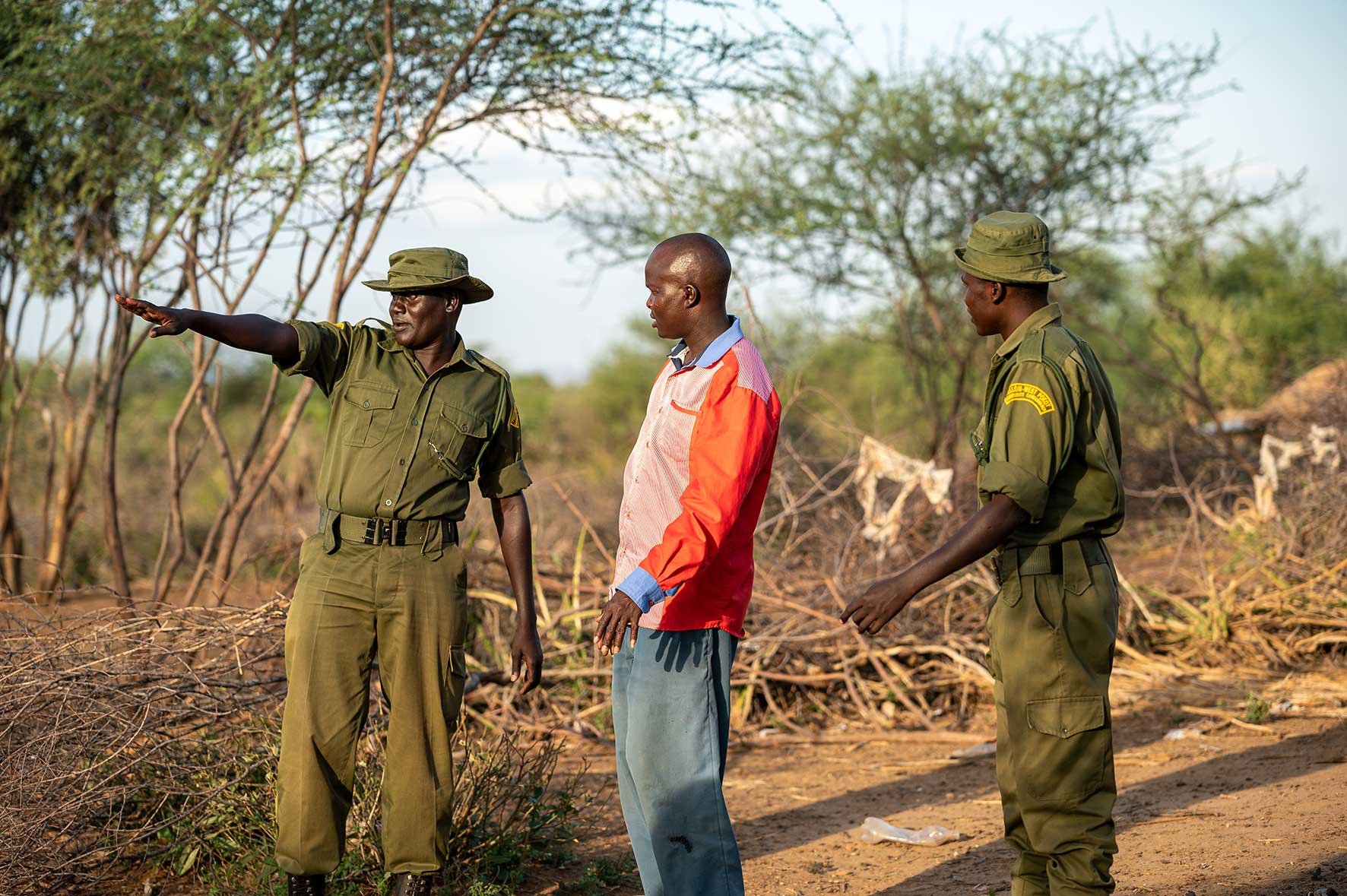
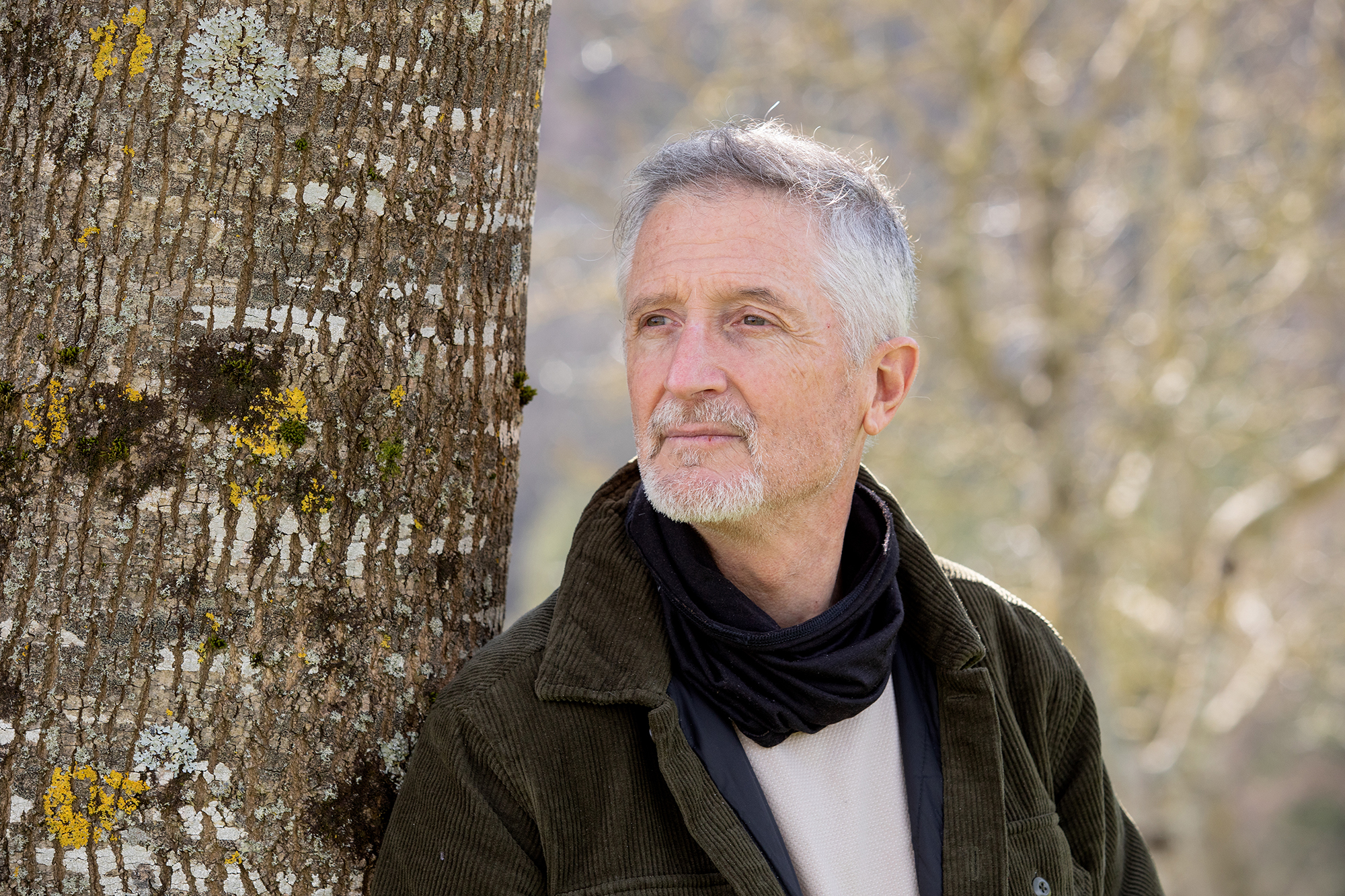

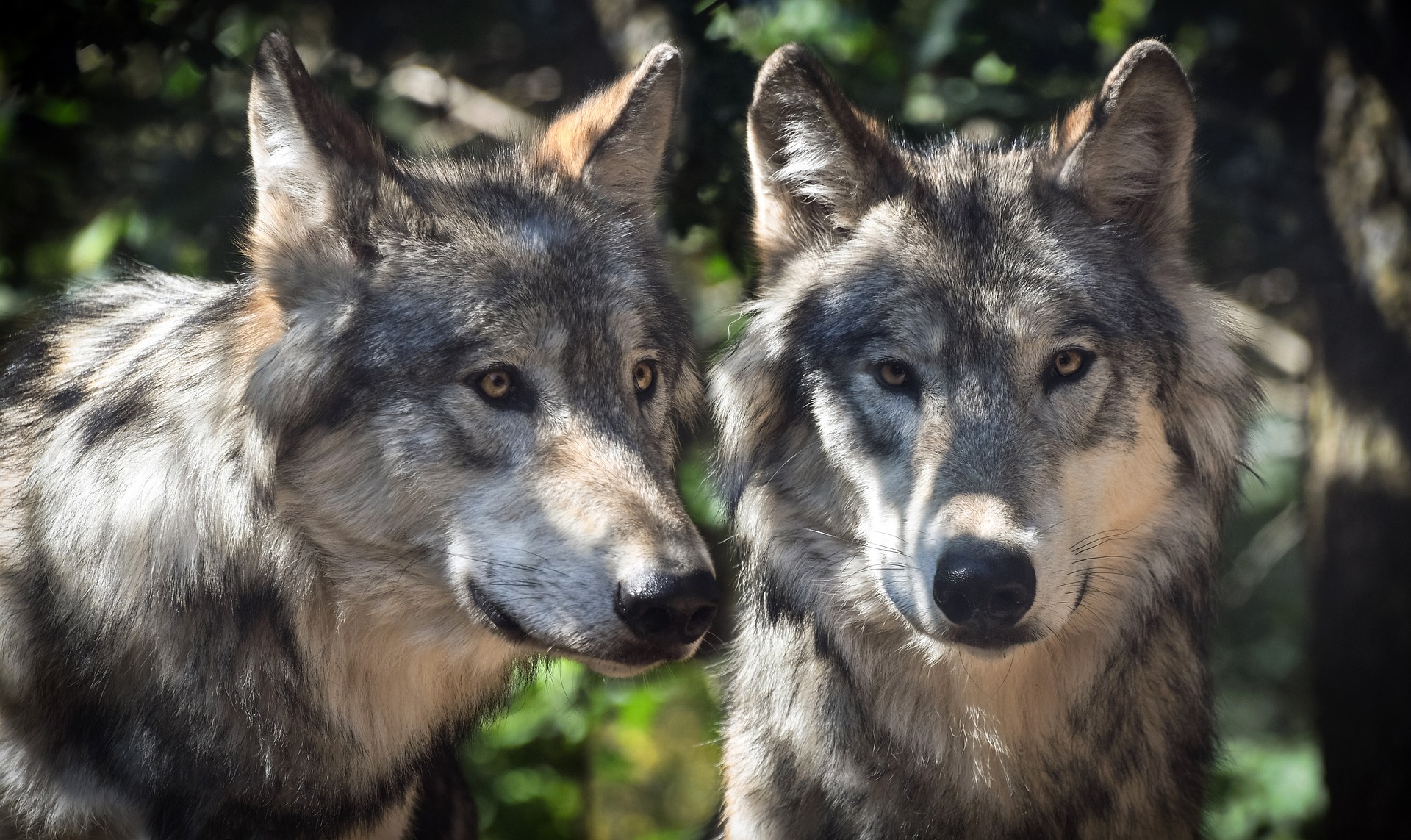
_Glaciar.png)
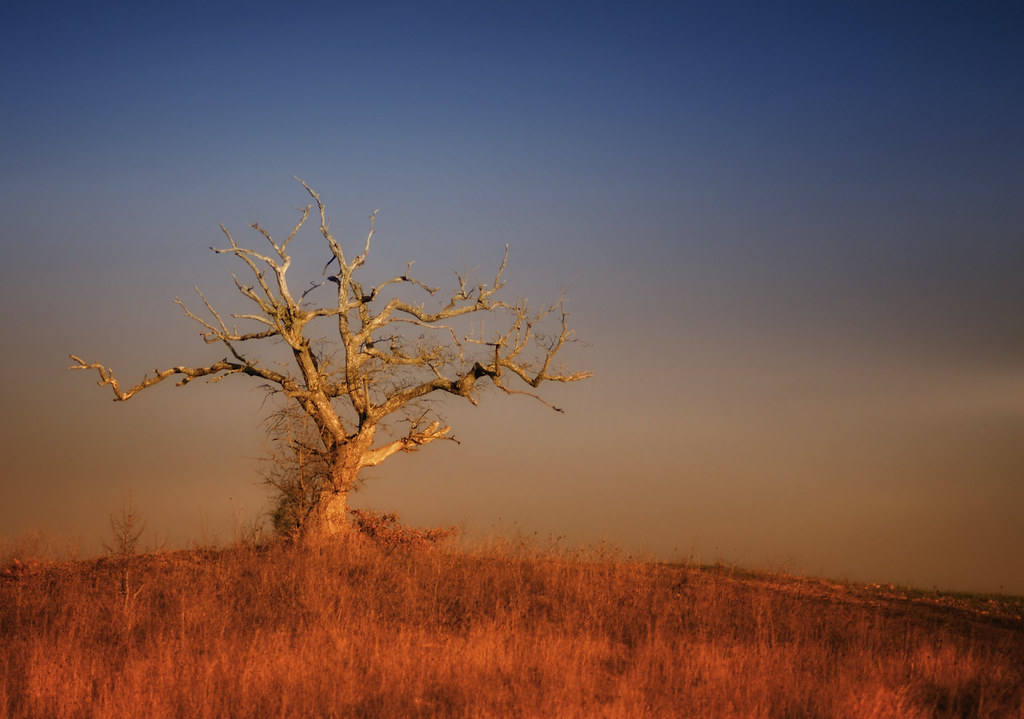
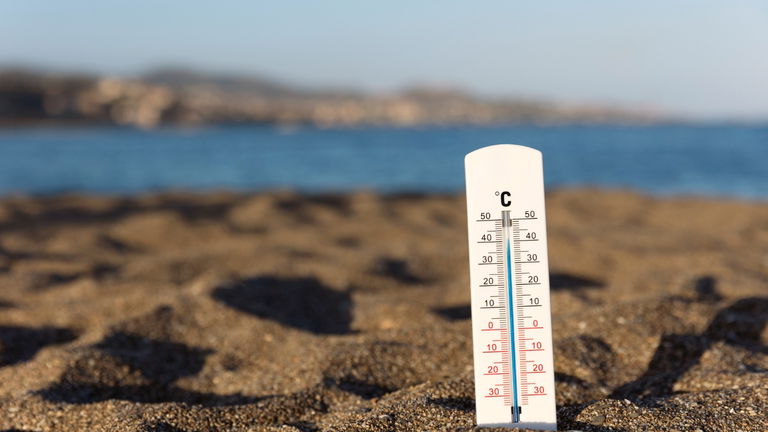
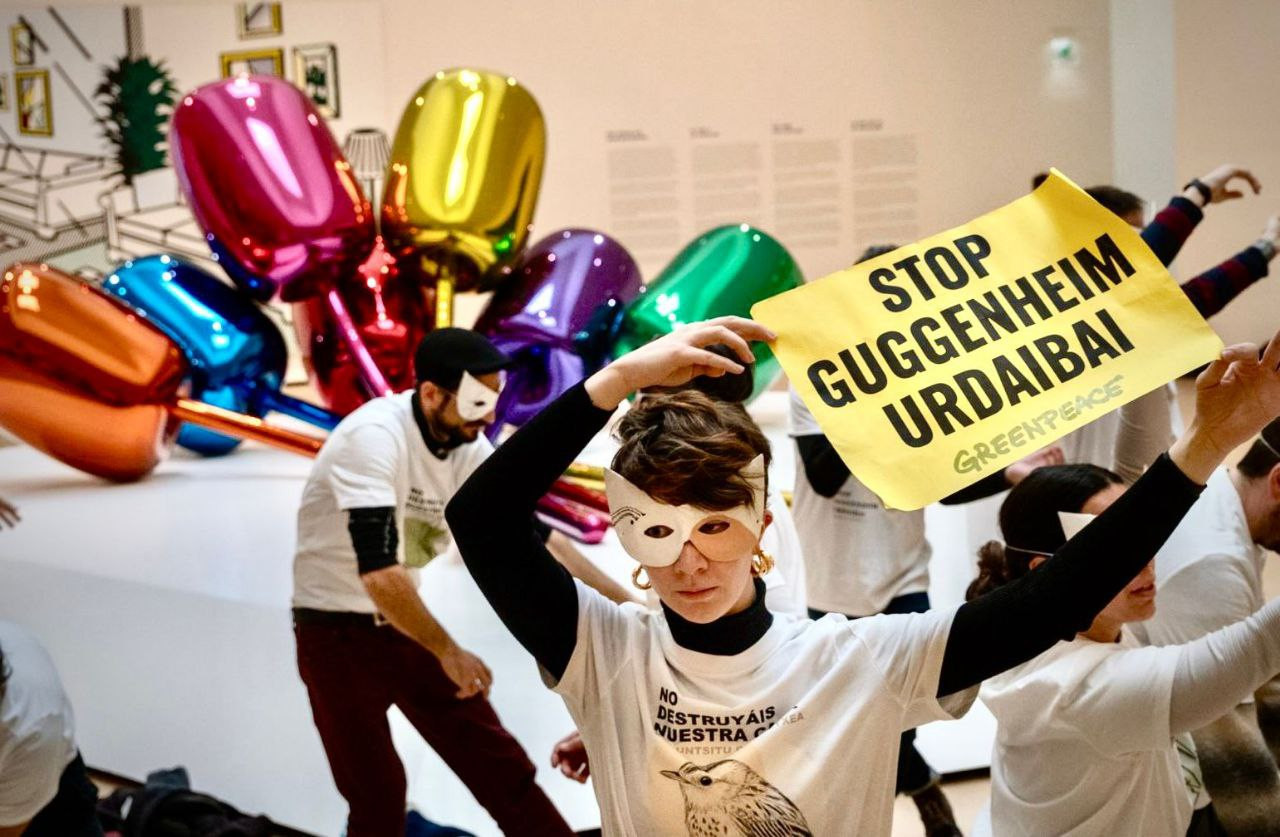

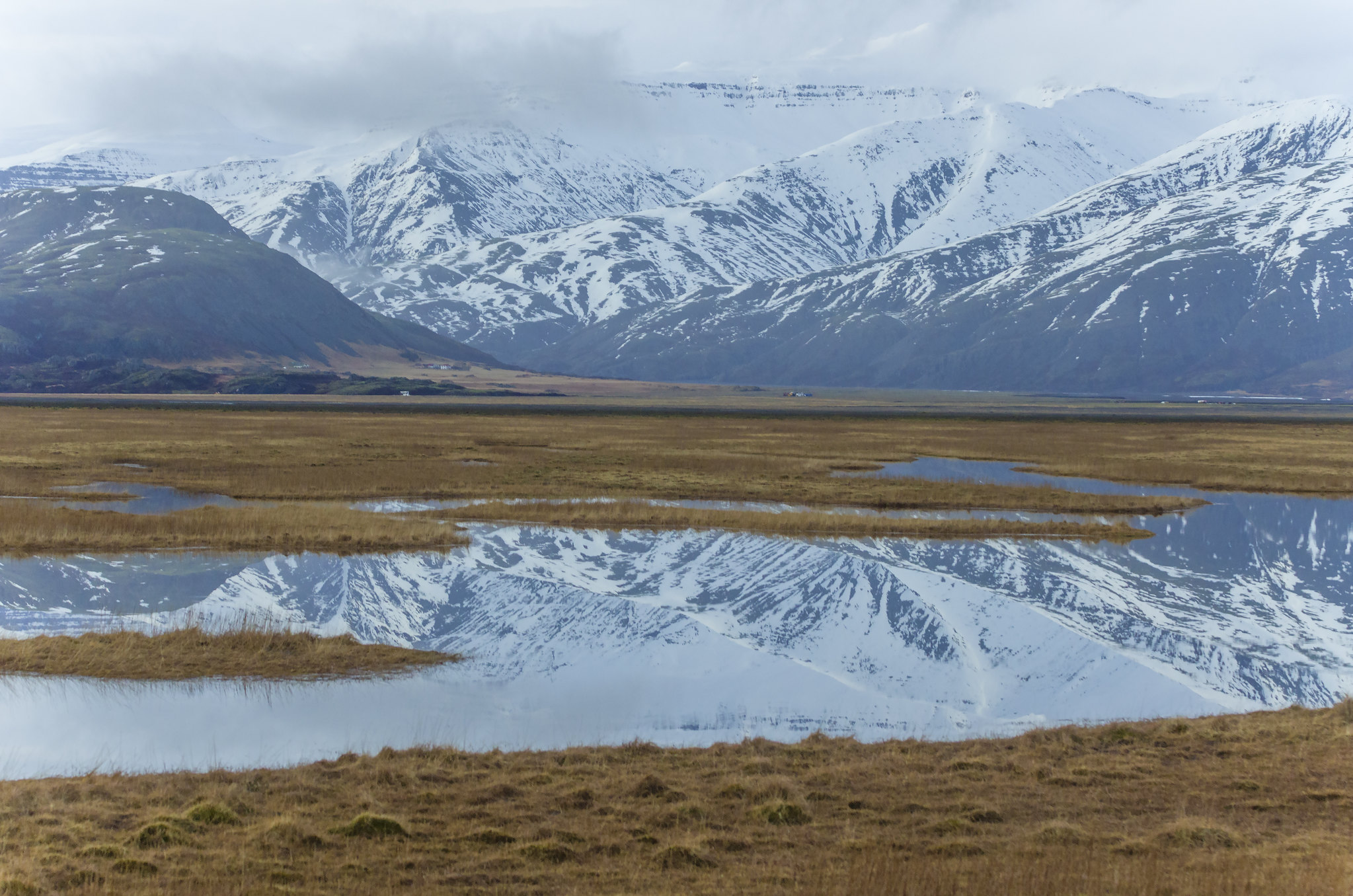
-(1).jpg)
